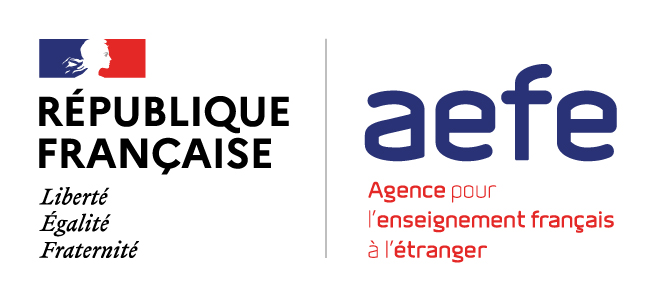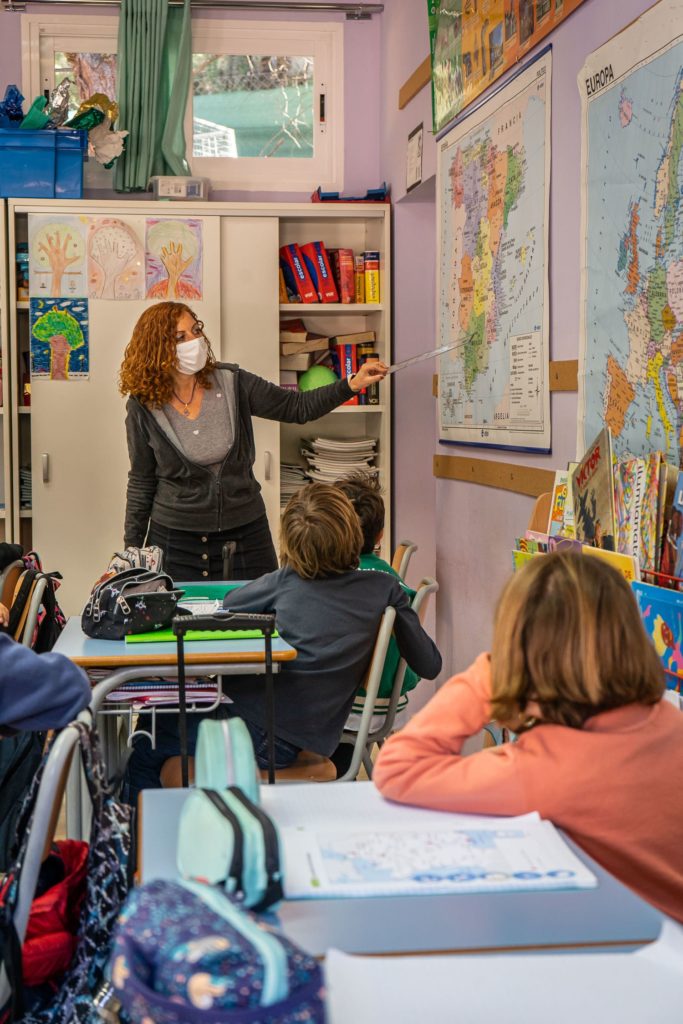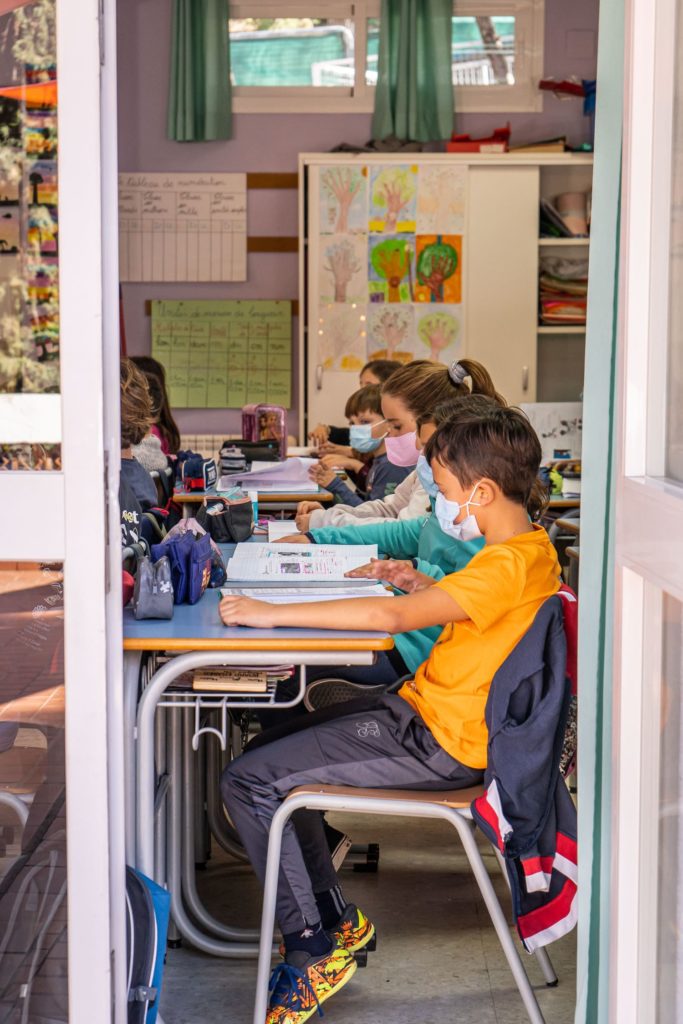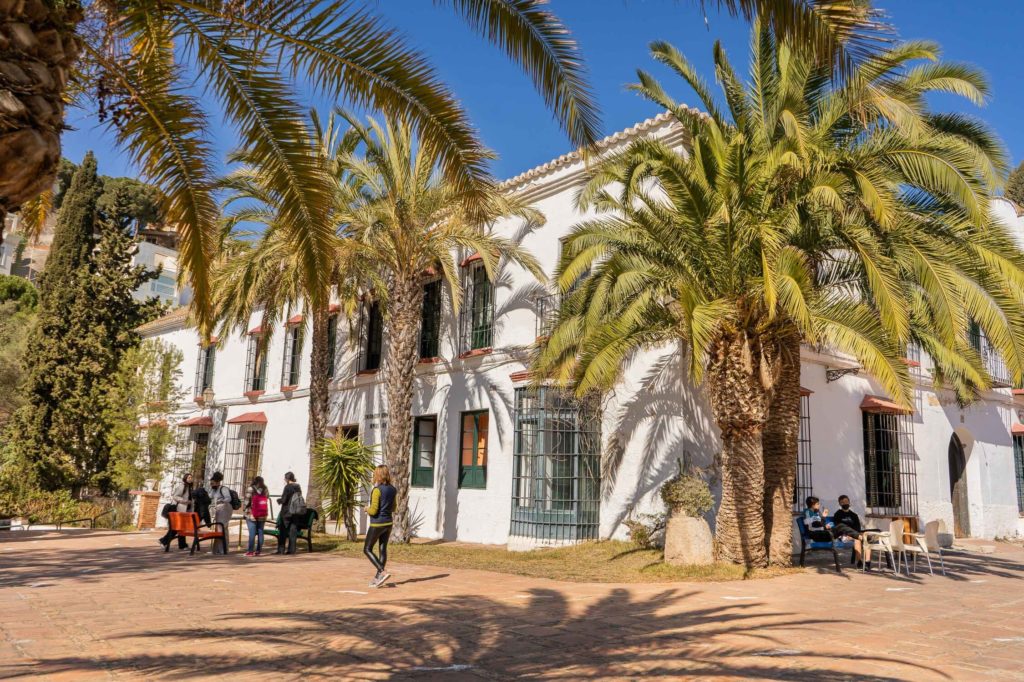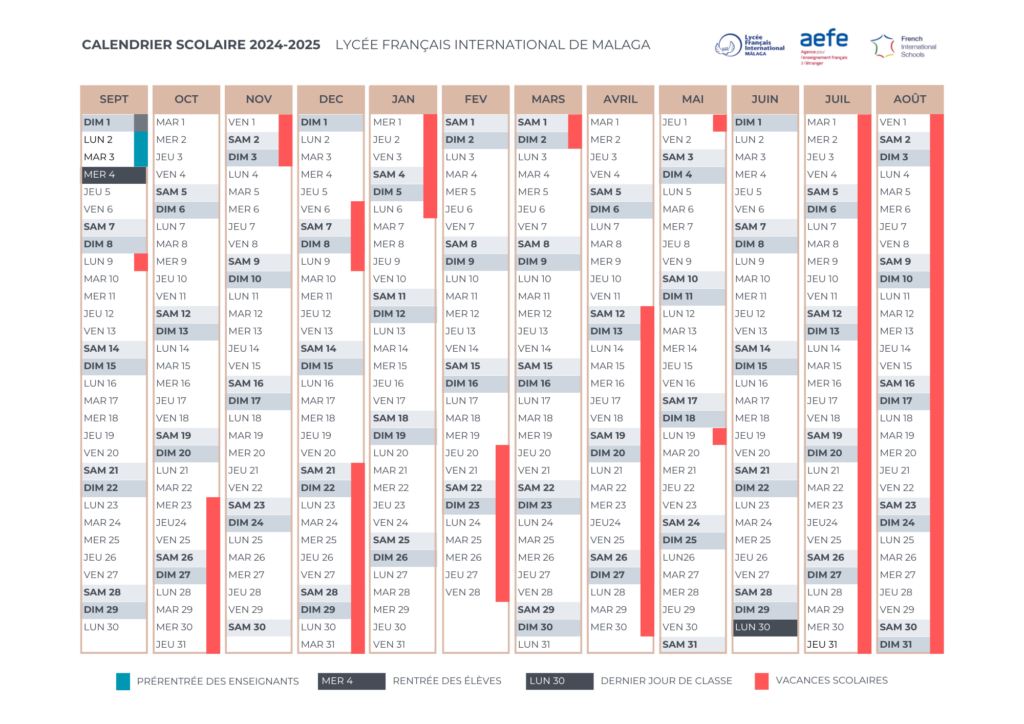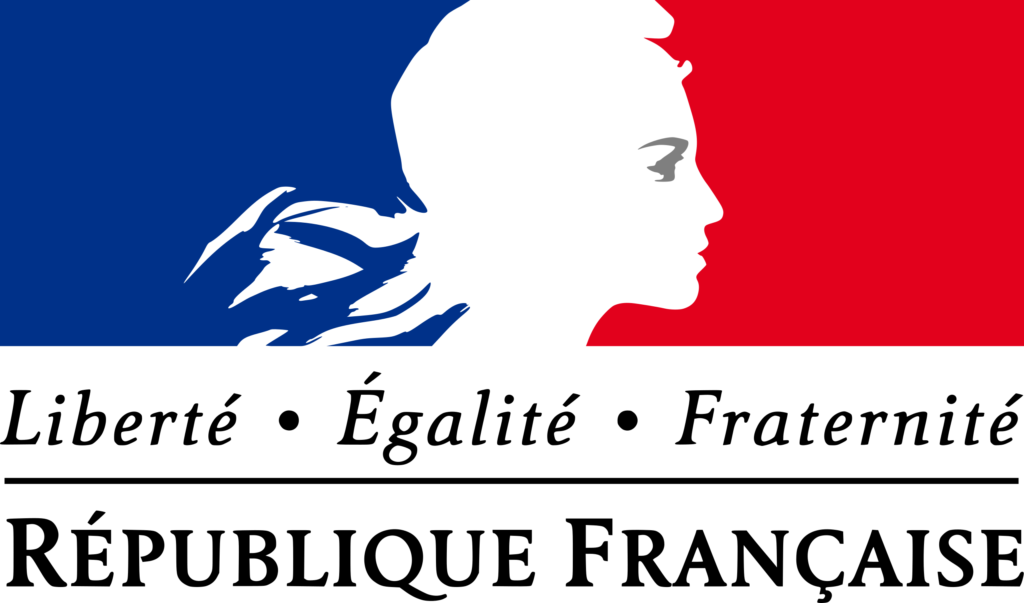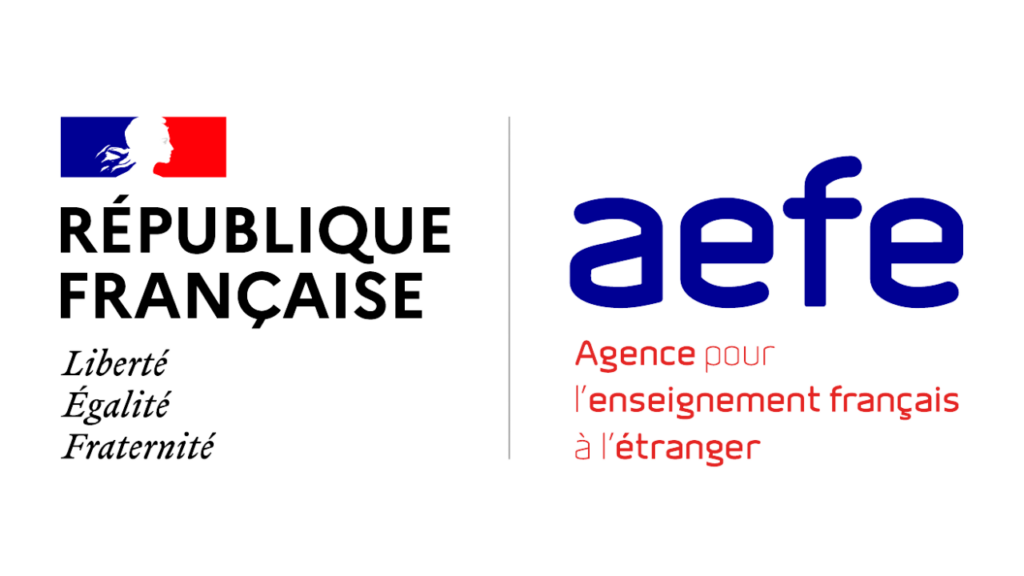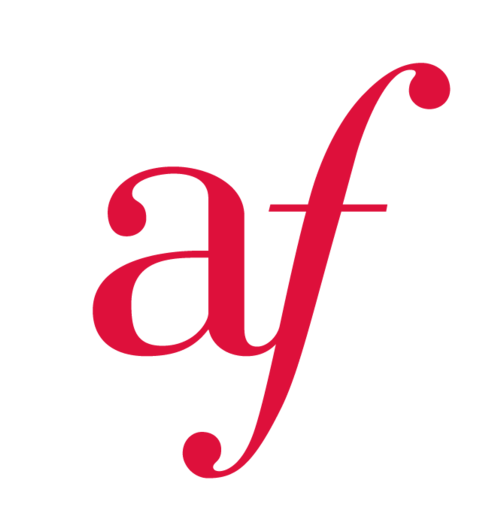Elementary school
The elementary school welcomes students from 6 to 11 years old over two cycles (cycle 2 and start of cycle 3) and five class levels: CP, CE1, CE2, CM1 and CM2.
our teaching team
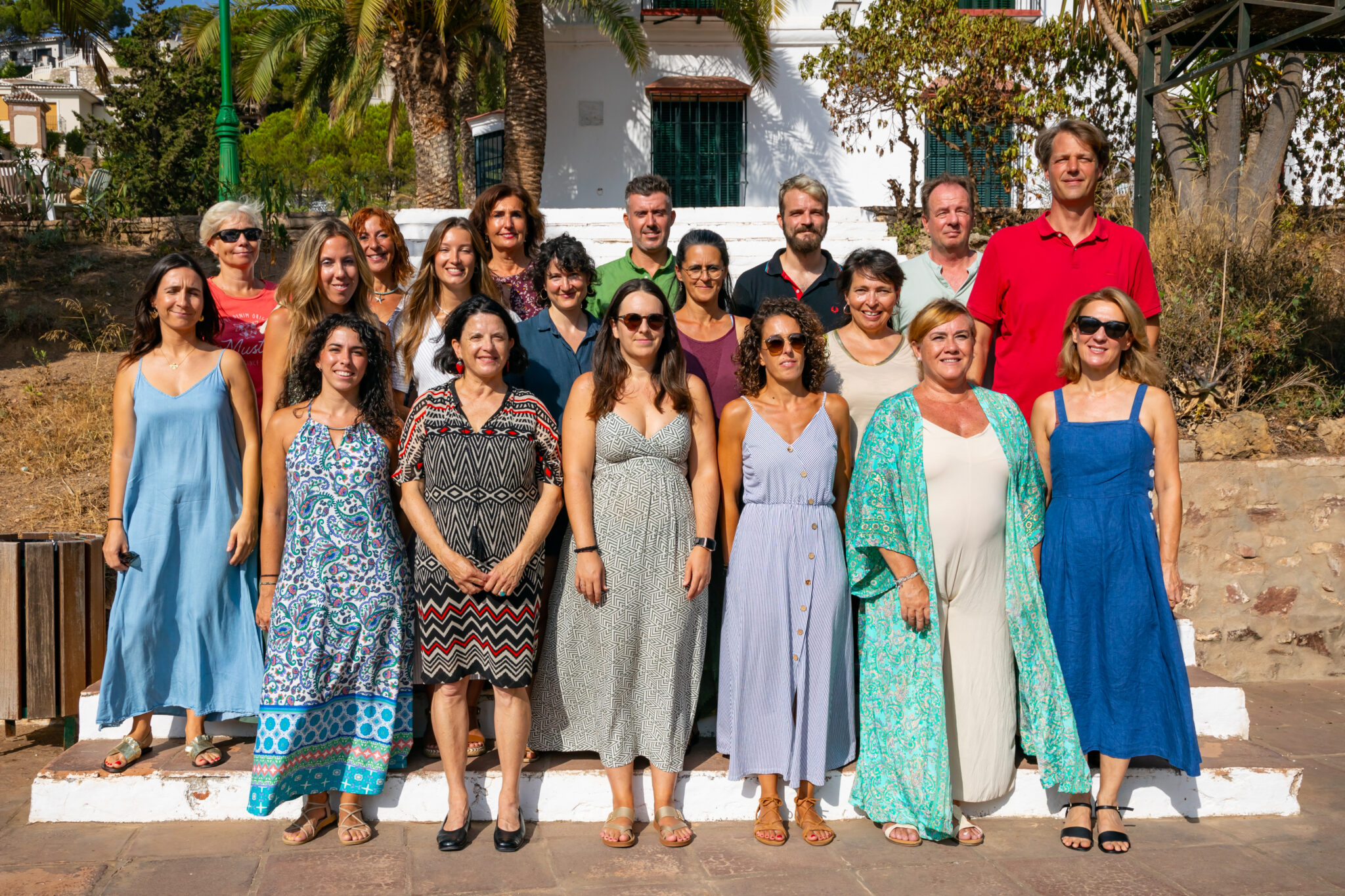
The objectives of training in elementary school
The training provided in elementary schools ensures the acquisition of the fundamentals: reading, writing, counting, respecting others.
Furthermore :
- It encourages the development of intelligence, artistic sensitivity, manual, physical and sporting skills;
- It provides the elements of historical, geographical, scientific and technical culture;
- It offers education in the visual arts and the musical arts;
- It provides teaching of a modern foreign language and may include an introduction to linguistic diversity;
- It also contributes to the understanding and autonomous and responsible use of media, especially digital media;
- It ensures the acquisition and understanding of the requirement of respect for the person, their origins and their differences;
- It also conveys the requirement of respect for children's rights and equality between women and men.
It jointly ensures with the family moral and civic education which includes, to allow the exercise of citizenship, the acquisition, the sharing of the values and symbols of the Republic and the European Union. The 4 hours of Spanish which all pupils in elementary school benefit from allow both systematic teaching of the Spanish language as well as Spanish culture and history in parallel with the French programs. The teaching of English which began in kindergarten continues, with an emphasis on oral practice for cycle 2 classes and by integrating writing from CE2.
At the end of CM2, students reach level A1 common European framework of reference for languages. Pupils' skills are assessed on a daily basis, but also on a more occasional basis when skills reports are handed out. These are communicated to families at the end of each term using the Pronote Primaire application.
Library Elementary Documentary Center
Our actions are characterized by an autonomous and active situation of the child, our objective being to weave a link between our students and the book. They will thus build a literary culture and prepare themselves for attending the CDI (Documentation and Information Center) that they will find at the college. In BCD, children are welcomed to participate in an activity around reading and writing. This moment also has the objective of reading for pleasure. The collection is fully computerized. From the Middle Section class, students use the library software. They use it for borrowing, returning and searching for documents. There are: periodicals, albums, tales, novels, comics, poetry books, theater books, documentaries, an educational library.





